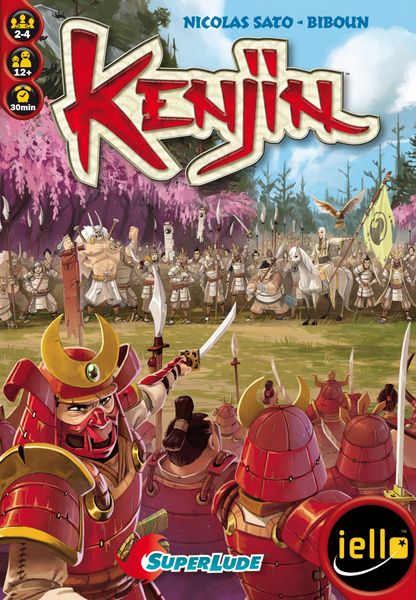Kenjin (2015) Board Game
Kenjin is a strategic card game designed by Nicolas Sato and published by IELLO in in 2015. The game combines elements of bluffing, deduction, and area majority/influence mechanics to create a unique gameplay experience. With stunning artwork by Biboun, Kenjin has garnered attention from gamers looking for a challenging and engaging tabletop experience.
Game Components of Kenjin
How To Setup Kenjin
To set up Kenjin, each player is seated at a table with two random battlefields shared between them and their neighbors. The game requires a simple arrangement where each player is separated from their neighbors by two battlefields. The rulebook provides a detailed guide for the initial setup.
Gameplay Mechanics and Game Objective
Player Experience
In Kenjin, players immerse themselves in a merciless war of feudal Japan, guided by their thirst for power or desire for lasting peace. The game is fast-paced and demands attention to the moves of neighboring players, as each decision can significantly impact the outcome. The interaction is intense, yet the game remains relatively short and subtle.
Pros
Cons
Personal Thoughts on Kenjin
Kenjin is ideal for those who enjoy strategic card games with a strong focus on social interaction and bluffing. It is perfect for gamers looking for a quick, yet mentally engaging experience. The game’s setting in feudal Japan adds a unique thematic element that enriches the gameplay. However, it may not be the best fit for those seeking complex, long-duration games or those who prefer games with a larger player count.
We are supported by our audience. When you purchase through links on our site, we may earn an affiliate commission, at no extra cost for you. Learn more.

